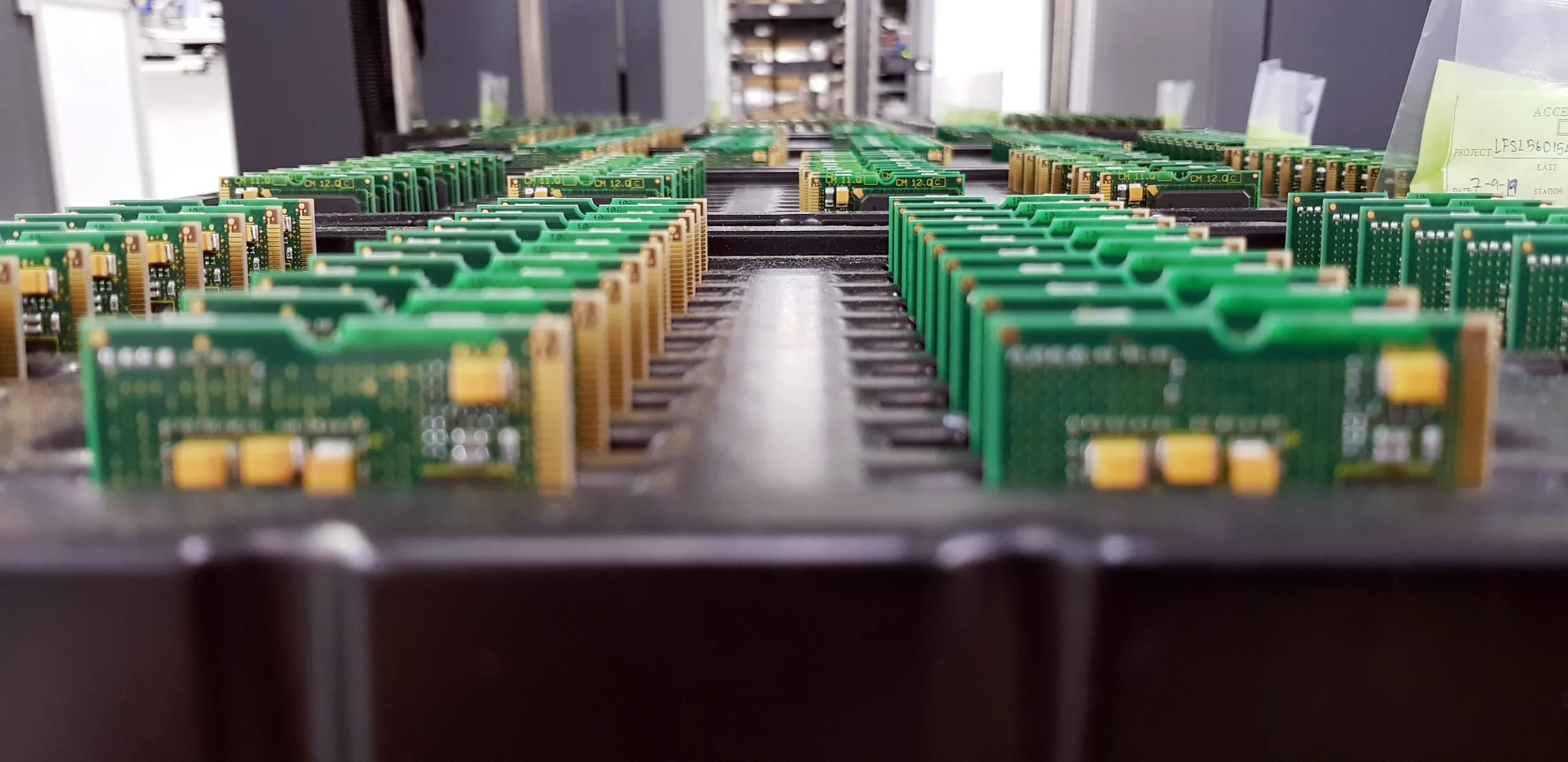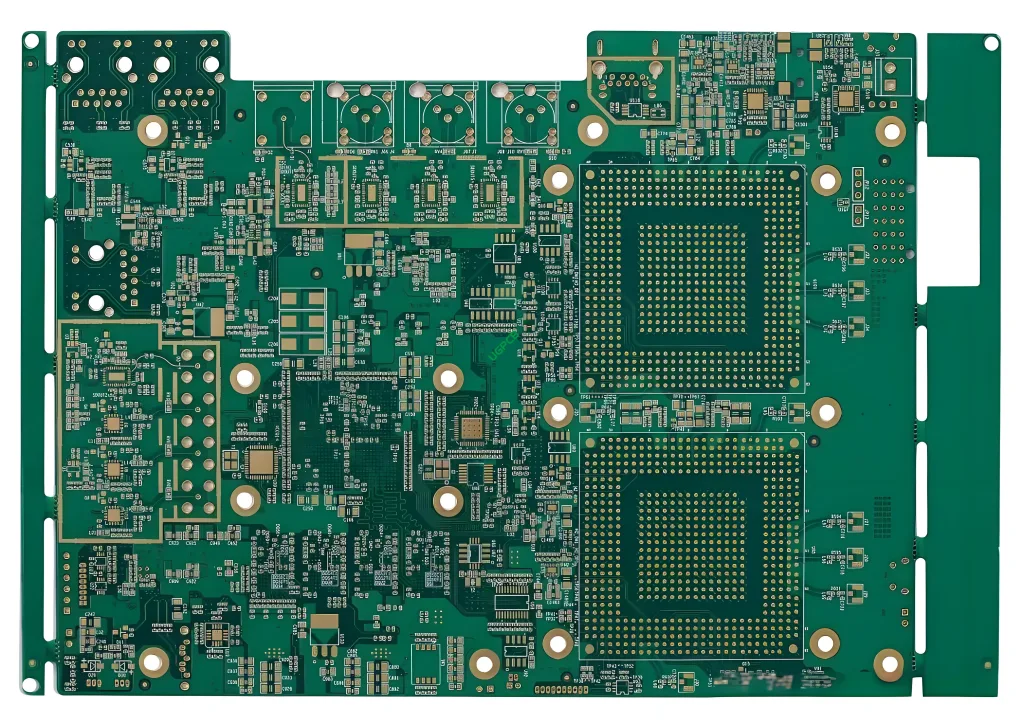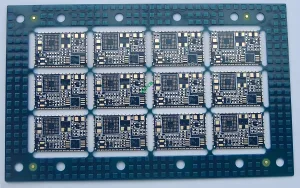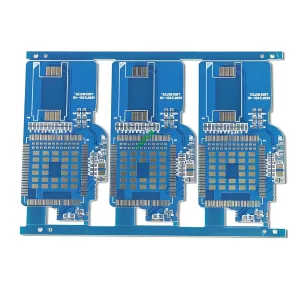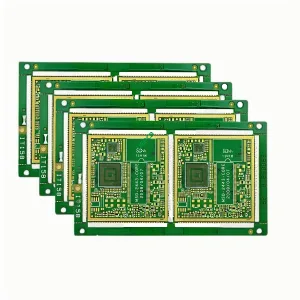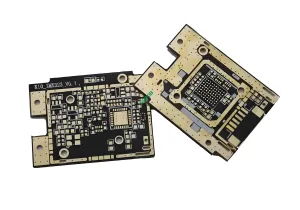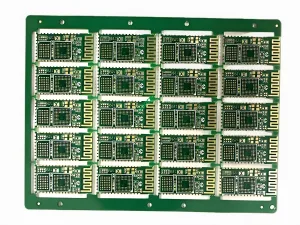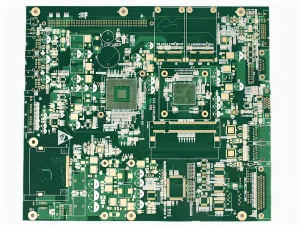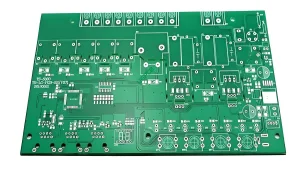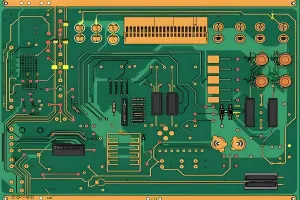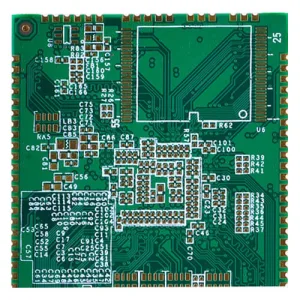What is a BGA PCB?
A Ball Grid Array (БГА) Печатная плата (печатная плата) is a type of монтажная плата that features a grid of solder balls on its underside, used for connecting электронные компоненты to the board. This design allows for higher input/output connection density and improved electrical performance compared to traditional through-hole or surface-mount technology (СМТ) печатные платы.
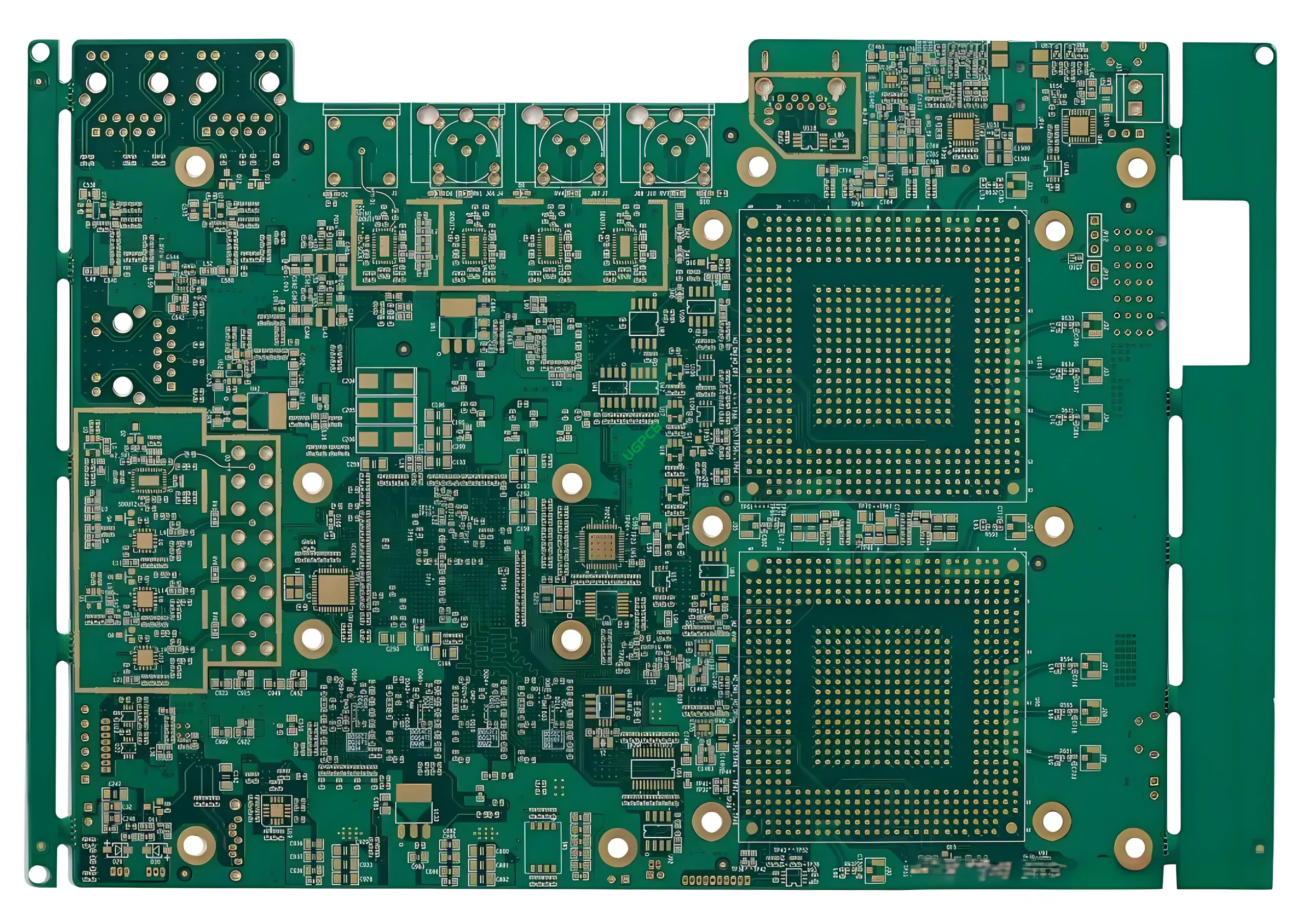
Требования к дизайну
Designing a BGA PCB involves several key considerations:
- Материал: Typically made from ФР-4, a composite material known for its excellent electrical properties and affordability.
- Количество слоев: Multilayer designs are common, providing more space for complex circuitry.
- Толщина меди: Generally specified as 1/1OZ, balancing conductivity with cost-effectiveness.
- Обработка поверхности: Often includes immersion gold to enhance solderability and protect against oxidation.
- След и пространство: Minimum trace and space are typically set at 4mil, allowing for fine details in the circuit design.
Как это работает?
The BGA PCB functions by providing a platform where electronic components can be mounted and interconnected using a grid of solder balls. These balls are aligned in a pattern on the underside of the board, corresponding to contact pads on the component. When heat is applied, the solder melts and creates a strong bond, ensuring reliable electrical connections.
Приложения
Due to their high density and reliability, BGA PCBs are widely used in various electronic products including:
- Computer motherboards
- High-performance servers
- Сетевое оборудование
- Advanced consumer electronics like gaming consoles and smart devices
Классификация
BGA PCBs can be classified based on several factors:
- Материалом: Most commonly made from FR-4 due to its balance of cost, сила, и электрические свойства.
- По количеству слоев: Can range from double-sided to multilayer configurations, в зависимости от сложности схемы.
- По поверхности обработка: Options include immersion gold, hasl, or organic solderability preservatives (ОСП), each offering different levels of protection and solderability.
Материалы используются
Первичный материалы used in manufacturing BGA PCBs include:
- ФР-4: A glass-reinforced epoxy laminate that provides excellent mechanical strength and thermal stability.
- Медь: Used for the conductive layers, with thickness varying based on design requirements.
- Припаяя маска: Typically green or white, Он защищает медные следы от окисления и случайных коротких замыканий.
- Погружение Золото: A surface treatment that improves solderability and protects against corrosion.
Характеристики производительности
Key performance attributes of a BGA PCB include:
- Высокая плотность: Allows for more components to be packed into a smaller area.
- Надежность: The use of solder balls reduces the risk of mechanical failure due to vibration or impact.
- Целостность сигнала: Improved due to shorter signal paths and reduced crosstalk.
Структурная композиция
Структурно, a BGA PCB comprises:
- Проводящие слои: Made of copper, etched into the desired circuit patterns.
- Изолирующие слои: Предотвратить электрические шорты между проводящими слоями.
- Solder Balls: Arranged in a grid pattern on the underside of the board for component attachment.
Отличительные особенности
Some notable features of a BGA PCB are:
- Fine Pitch: Allows for high-density interconnects, making it ideal for compact devices.
- Robustness: The use of solder balls provides a strong mechanical bond between the board and components.
- Универсальность: Suitable for a wide range of applications due to customizable layer counts and material choices.
Производственный процесс
The manufacturing process of a BGA PCB involves several steps:
- Дизайн и макет: Использование специализированного программного обеспечения для создания шаблона схемы.
- Подготовка материала: Резка базовые материалы до размера и очистки поверхностей.
- Ламинирование: Упаковка и соединение отдельных слоев под теплом и давлением.
- Офорт: Удаление лишней меди для формирования желаемых путей цепи.
- Покрытие: Добавление тонкого слоя металла в VIAS и открытые медные зоны.
- Прикладная маска: Applying the green or white coating to protect traces.
- Обработка поверхности: Applying immersion gold or other treatments for solderability.
- Заключительная проверка: Обеспечение качества и функциональности перед отправкой.
Варианты использования
Common scenarios where a BGA PCB might be employed include:
- Приложения для взаимодействия с высокой плотностью в мобильных устройствах.
- Расширенные системы связи, требующие низкой потери сигнала.
- Портативные медицинские инструменты, нуждающиеся в надежной производительности в суровых условиях.
- Автомобильная электроника, требующая устойчивости и долговечности.
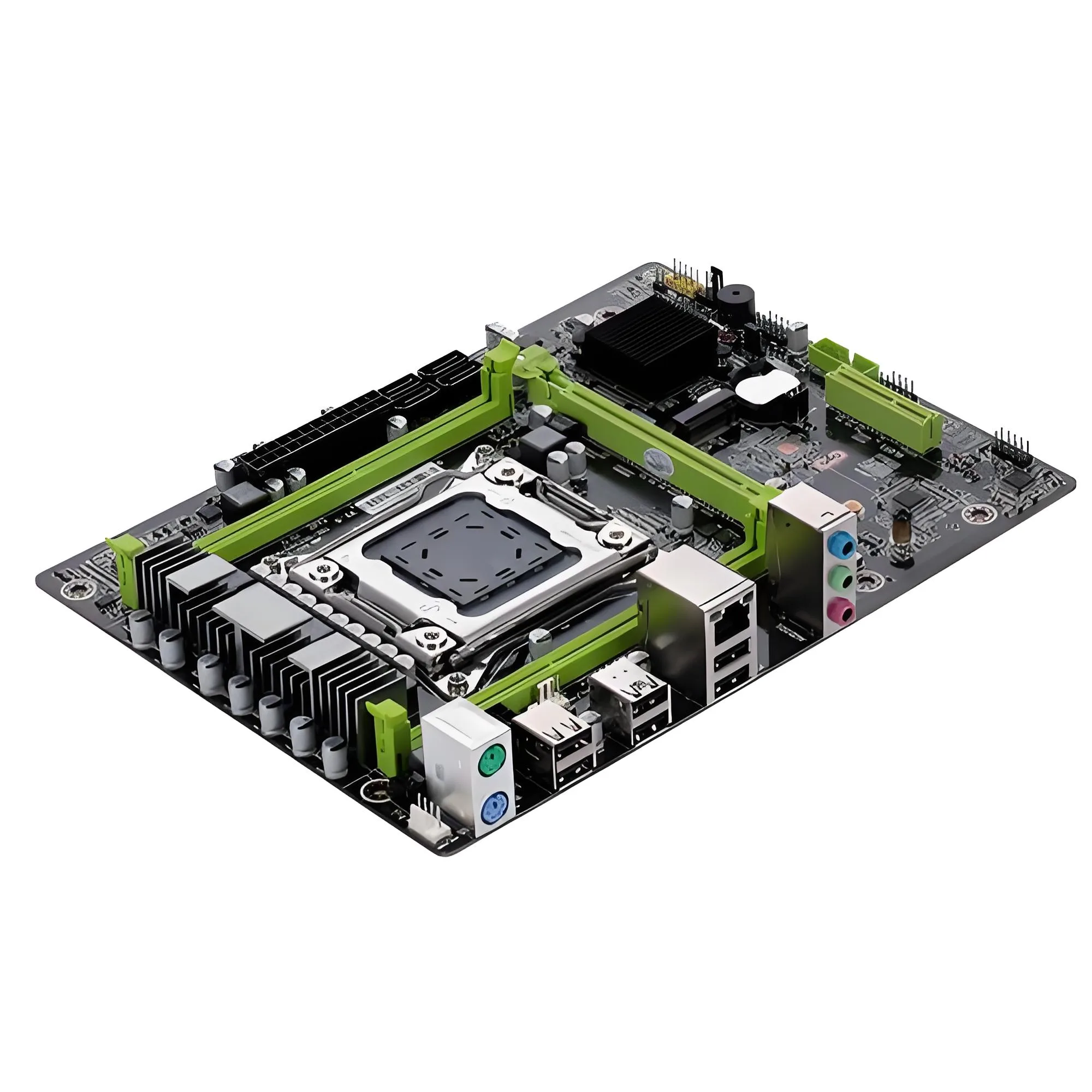
В итоге, the BGA PCB represents a significant advancement in printed circuit board technology, Предлагая непревзойденную сложность и производительность для современных электронных применений. Его гибкость дизайна, в сочетании с превосходной целостностью сигнала и долговечностью, makes it an essential component in the development of next-generation electronic products and beyond
 ЛОГОТИП УГКПБ
ЛОГОТИП УГКПБ
